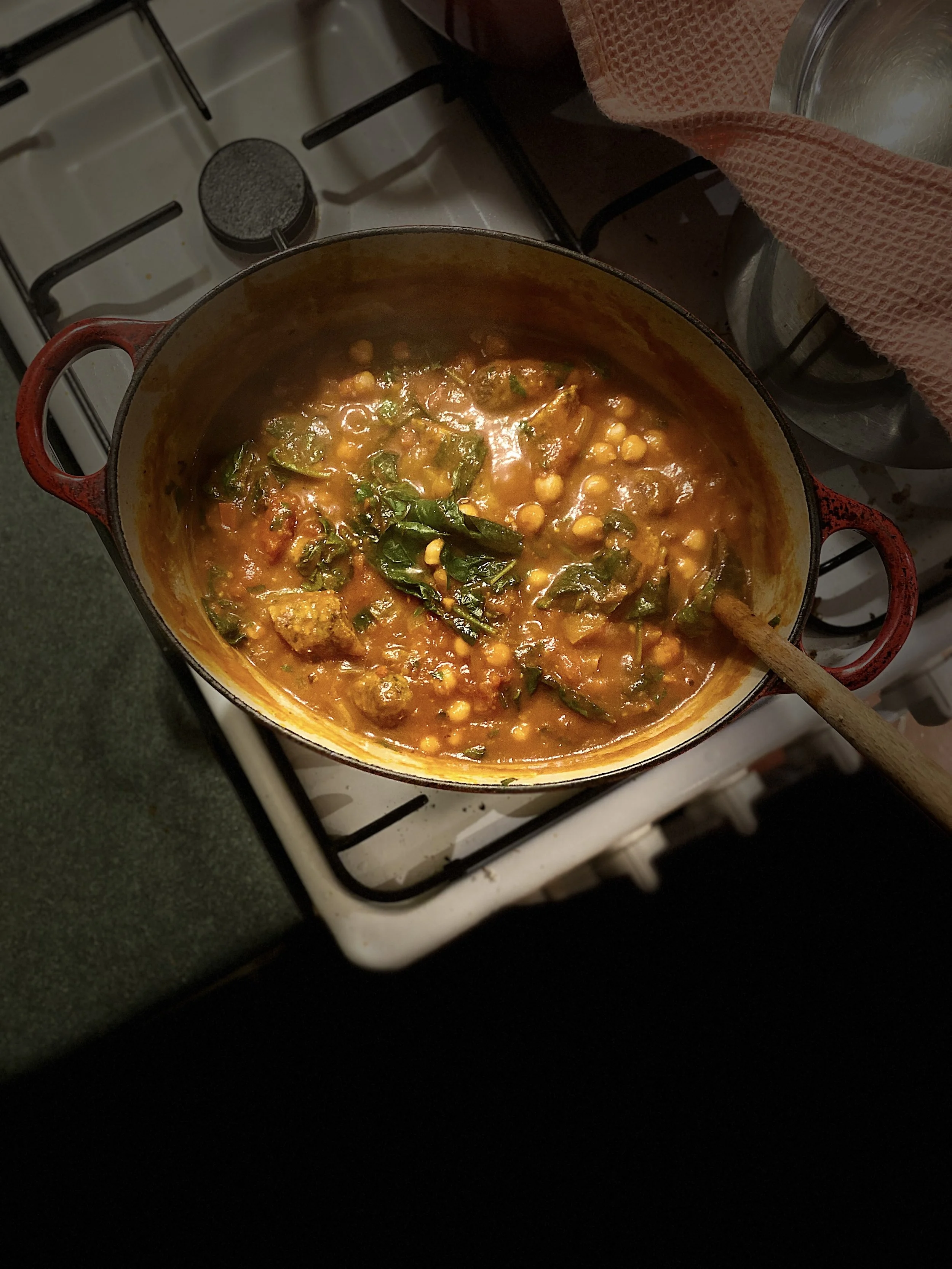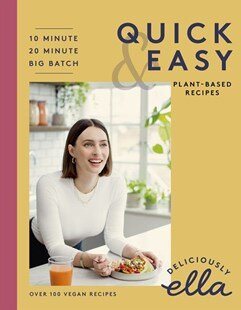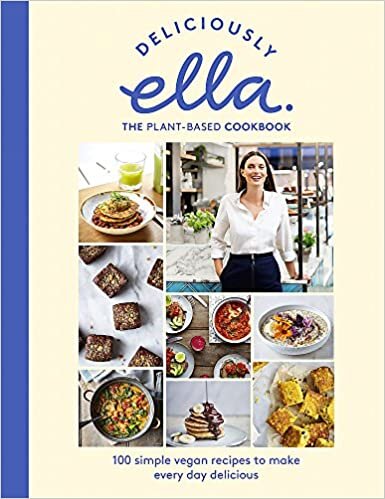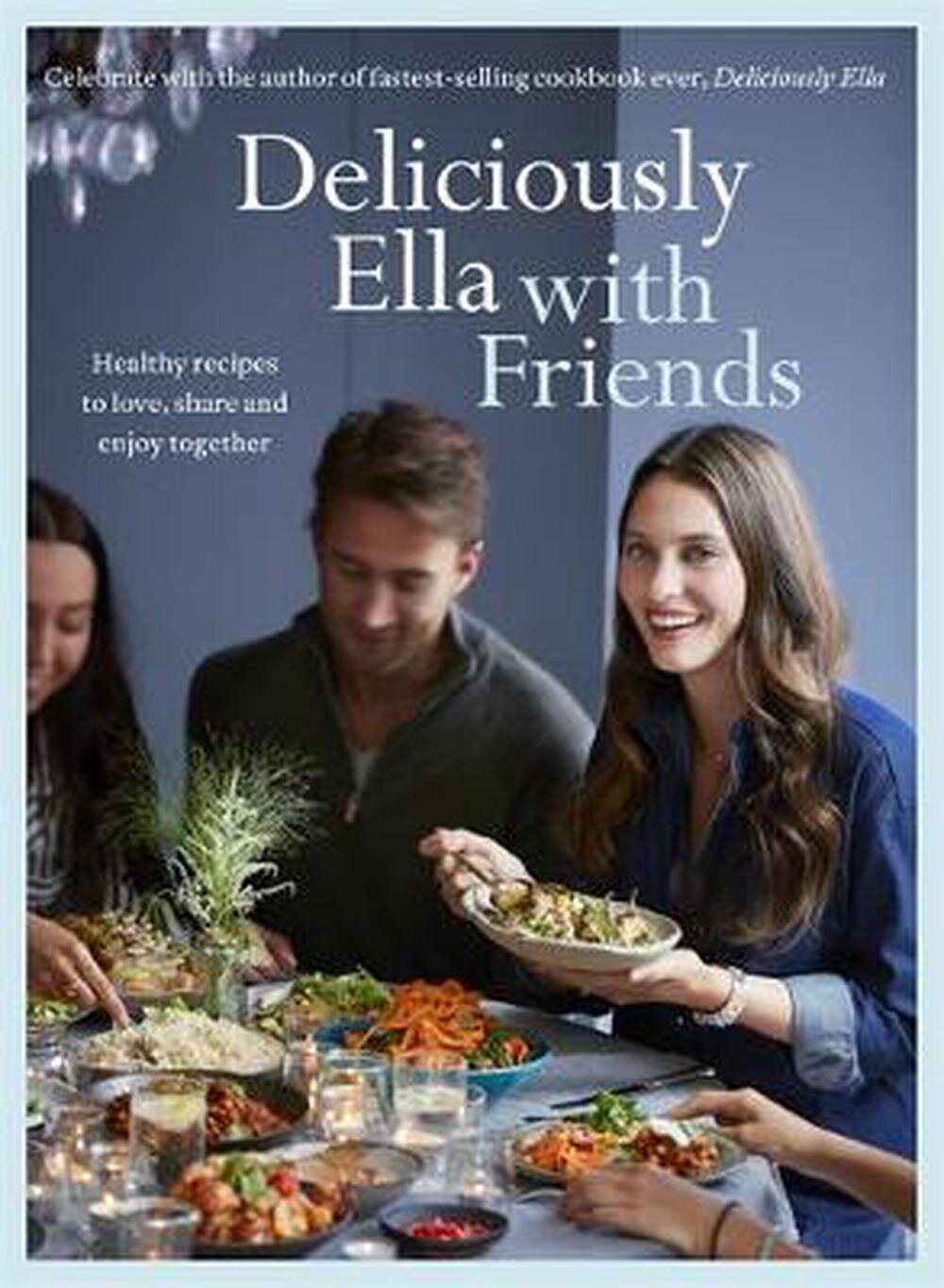This isn’t the prettiest dish you’ll ever cook, but it will certainly one of the tastiest. It’s a great recipe to have up your sleeve this time of year when zucchini (or courgettes, I use both names interchangeably in my house!) are in season and plentiful. If you grow your own, no doubt you have them coming out of your ears and are trying to think of ways to eat them. This mixture would also be a lovely dip, once cooled, or enjoyed with chunky pieces of grilled bread. Goodness, I feel hungry just writing these words!
You need to use quite a bit of oil in this recipe but that’s the secret to the creaminess of the sauce, and the reason the zucchini go so beautifully soft, as they are effectively braised with the onions and garlic. It’s not greasy at all, I promise!
Zucchini pasta
Serves 4
Good quality extra-virgin olive oil
2 onions, finely chopped
3-5 zucchini (depending how big they are), chopped into cubes
1 garlic clove, crushed
Chilli flakes, a pinch or two
Salt and pepper
2 tablespoons vegan sour cream (or ricotta)
Fresh basil, finely chopped or torn, as much as you like
500g dried pasta (penne or rigatoni are my preferred shape for this dish)
In a saute pan, a wide and shallow one you’d use to cook risotto or this pasta, pour in enough olive oil to cover the base, enough for the vegetables to paddle in. Place over a low-medium heat. Add your onions and a pinch of salt, stir, then leave to stew slowly. I probably should have warned you, this is the kind of dish you make on a balmy summer evening when you’ve got music playing and some other nice thing to occupy you - a book, a lover, anything where you won’t feel too impatient waiting around for something to cook.
I find the onions take about 15 minutes, you don’t want them to brown, just stew and soften. Add the zucchini, salt, garlic, chilli, black pepper, give it a good stir, then replace your lid and leave to simmer slowly over a low-medium heat until the zucchini are juicy and, when you stir them, starting to fall apart. It takes anywhere for 20 minutes to a full half hour.
Now cook your pasta, which will give the zucchini even more time to braise and soften. Drain it once it’s cooked to your liking, reserving a cup of the cooking water in case you need it.
Add the vegan sour cream and basil to the zucchini mixture, stirring well, then the pasta, stirring well to coat it thoroughly in the sauce. Add some of the pasta water if it seems dry. I like to add a final grinding of black pepper. You could add some Parmesan too, if you like.
Serve and feel inordinately blessed in your garden’s summer zucchini glut this year.













